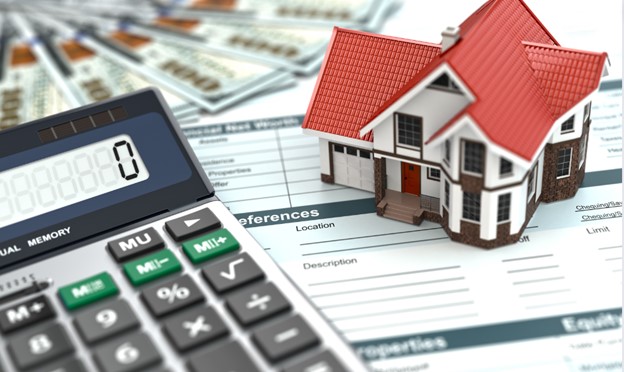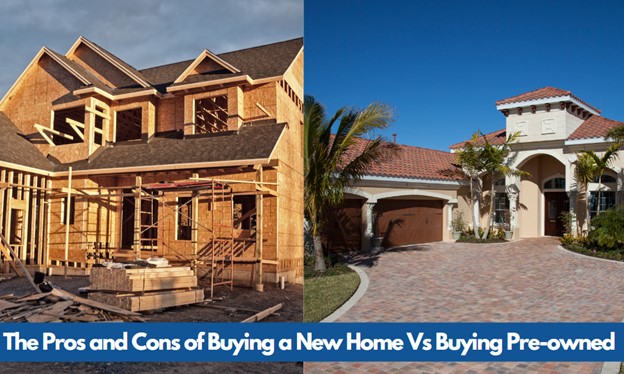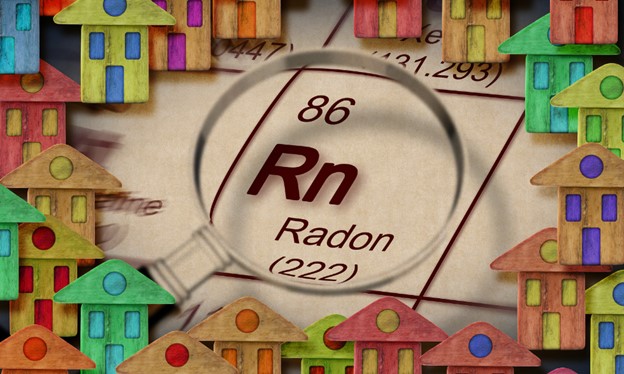 April readings for S&P Case-Shiller’s Housing Market Indices showed gains in home prices throughout the U.S. Rising prices were caused by shortages of previously-owned homes for sale and increasing buyer demand as the average 30-year mortgage rate exceeded six percent. The southeastern region lost its top spot on S&P Case-Shiller’s 20-City Home Price Index as Chicago, Illinois, Atlanta, Georgia, and Tampa, Florida held the top three year-over-year home price growth rates for April.
April readings for S&P Case-Shiller’s Housing Market Indices showed gains in home prices throughout the U.S. Rising prices were caused by shortages of previously-owned homes for sale and increasing buyer demand as the average 30-year mortgage rate exceeded six percent. The southeastern region lost its top spot on S&P Case-Shiller’s 20-City Home Price Index as Chicago, Illinois, Atlanta, Georgia, and Tampa, Florida held the top three year-over-year home price growth rates for April.
Chicago, Illinois Breaks Southeast’s Lead on April Home Price Growth
The top three cities with the highest home price growth rates as reported in April’s S&P Case-Shiller’s 20-City Home Price Index were Chicago, Illinois with a year-over-year home price gain of 4.10 percent; Atlanta, Georgia posted a year-over-year home price growth of 3.50 percent. Tampa, Florida placed third in the 20-City Index with an average home price gain of 2.40 percent. All year-over-year readings for April home prices were seasonally adjusted.
Average home prices lagged in the West as the combined impact of high home prices and mortgage rates created affordability issues for would-be home buyers. Seattle, Washington saw average home prices drop by -12.40 percent year-over-year; San Francisco, California reported that year-over-year home prices declined by 11.10 percent in April. Home prices in Las Vegas, Nevada fell by 6.60 percent year-over-year.
Mortgage rates nearing 7 percent did not appear to impact home buyers to a great extent, but higher rates do increase the cost of home loans and monthly payments; current mortgage rates and rising home prices do not promote affordable opportunities for first-time and moderate-income home buyers.
FHFA House Price Index
In related news, the Federal Housing Finance Agency posted 0.50 percent month-to-month-home price growth in its House Price Index for April. This index reports on home prices for homes sold by the Government Sponsored Enterprises Fannie Mae and Freddie Mac. These homes were acquired through foreclosure and were subject to original loan limits established by FHFA for mortgages acquired or guaranteed by Fannie Mae and Freddie Mac The GSEs’ loan limits cause a more moderate range of home price growth reported in FHFA’s House Price Index as compared to data reported in the S&P Case-Shiller Home Price Indices.
 The bathroom is one of the most important and frequently used spaces in a home. Over time, it may start to show signs of wear and tear or become outdated. If you’re considering renovating your bathroom, one of the first decisions you’ll face is whether to tackle the project yourself or hire a professional. Both options have their pros and cons, and it’s essential to weigh them carefully before deciding.
The bathroom is one of the most important and frequently used spaces in a home. Over time, it may start to show signs of wear and tear or become outdated. If you’re considering renovating your bathroom, one of the first decisions you’ll face is whether to tackle the project yourself or hire a professional. Both options have their pros and cons, and it’s essential to weigh them carefully before deciding. Buying your first home is an exciting milestone in life, but it can also be overwhelming and filled with questions. As a first-time home buyer, you want to make informed decisions and ensure a smooth process. Below we will address some of the common questions that first-time home buyers often ask.
Buying your first home is an exciting milestone in life, but it can also be overwhelming and filled with questions. As a first-time home buyer, you want to make informed decisions and ensure a smooth process. Below we will address some of the common questions that first-time home buyers often ask. Last week’s scheduled economic reports included readings on housing starts, existing home sales, and Federal Reserve Chair Jerome Powell’s congressional testimony. Weekly readings on mortgage rates and jobless claims were also released.
Last week’s scheduled economic reports included readings on housing starts, existing home sales, and Federal Reserve Chair Jerome Powell’s congressional testimony. Weekly readings on mortgage rates and jobless claims were also released. Calculating mortgage payments involves several variables, including the loan amount, the interest rate, and the loan term. Here are the steps to calculate mortgage payments:
Calculating mortgage payments involves several variables, including the loan amount, the interest rate, and the loan term. Here are the steps to calculate mortgage payments: Buying a home is a significant investment, and one of the most important decisions to make when buying a home is whether to purchase a new or pre-owned property. Here are some pros and cons of each option:
Buying a home is a significant investment, and one of the most important decisions to make when buying a home is whether to purchase a new or pre-owned property. Here are some pros and cons of each option: Buying a house can be an exciting but complex process that involves many legal requirements.
Buying a house can be an exciting but complex process that involves many legal requirements. Last week’s scheduled economic reports included readings on inflation, the Fed’s Federal Open Market Committee meeting, and Fed Chair Jerome Powell’s press conference. Weekly readings on mortgage rates and jobless claims were also published.
Last week’s scheduled economic reports included readings on inflation, the Fed’s Federal Open Market Committee meeting, and Fed Chair Jerome Powell’s press conference. Weekly readings on mortgage rates and jobless claims were also published. Creating a household budget can be a helpful way to track your spending and ensure you are meeting your financial goals. You will need to examine your fixed expenses that are the same each month, such as rent or car payments and your variable expenses that change each month, such as groceries or entertainment. Dealing with debt can be challenging but incorporating it into your budgeting strategy can help you regain control of your finances. Here are some steps you can take to effectively manage your debt while budgeting:
Creating a household budget can be a helpful way to track your spending and ensure you are meeting your financial goals. You will need to examine your fixed expenses that are the same each month, such as rent or car payments and your variable expenses that change each month, such as groceries or entertainment. Dealing with debt can be challenging but incorporating it into your budgeting strategy can help you regain control of your finances. Here are some steps you can take to effectively manage your debt while budgeting: The most important reason to check for dangerous home issues is to ensure the safety of you and your family. Leaving home issues unchecked can cause significant damage to your property and if you’re planning to sell your home in the future, it’s important to ensure that it’s free of dangerous issues that could affect its value.
The most important reason to check for dangerous home issues is to ensure the safety of you and your family. Leaving home issues unchecked can cause significant damage to your property and if you’re planning to sell your home in the future, it’s important to ensure that it’s free of dangerous issues that could affect its value.